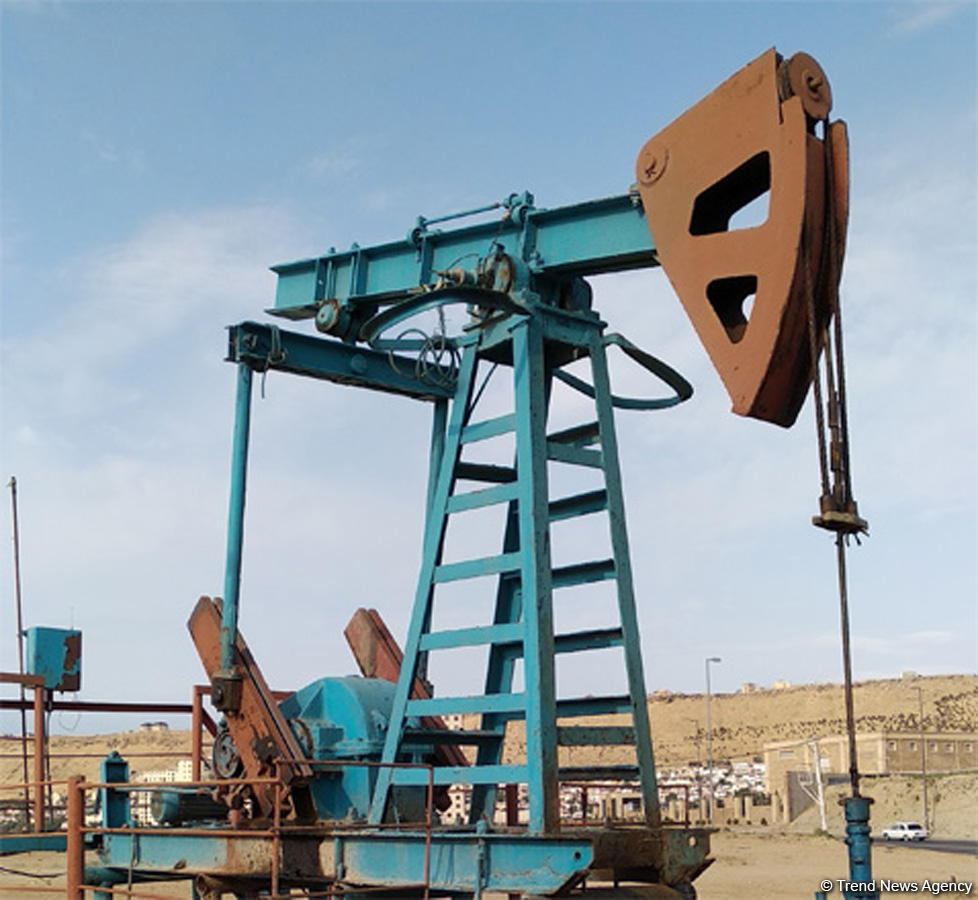Oil prices slid from nine-month highs on Friday, with soaring COVID-19 cases seen as a threat to near-term fuel demand and a strengthening of the U.S. dollar also having a negative impact, Trend reports with reference to Reuters.
U.S. West Texas Intermediate (WTI) crude futures slipped 14 cents or 0.29%, to $48.22 a barrel at 0757 GMT, while Brent crude futures fell 20 cents, or 0.39%, to $51.30.
More than 73.65 million people have been reported to be infected by the coronavirus globally and 1,654,920 have died, according to a Reuters tally on Friday.
The spike in cases is leading to tough restrictions on travel, impacting fuel demand and any economic recovery.
Meanwhile, there was more evidence that the world’s largest economy’s recovery from the pandemic recession was faltering as data showed the number of Americans filing first-time claims for jobless benefits unexpectedly rose last week.
Both oil contracts had climbed on Thursday, on optimism around progress on a COVID-19 relief bill, strong Asian refining demand and a slide in the dollar to a two-and-a-half year low.
With crude priced in dollars, a strengthening of the U.S. currency on Friday made oil more expensive for buyers holding other currencies.
“The prospects of (a) stimulus deal and vaccine rollout have largely been digested by market participants and thus been more or less priced in, rendering (the) oil price vulnerable to a pullback when profit taking kicks in,” Margaret Yang, a strategist at DailyFX, said.
ANZ Research said with U.S. COVID-19 infections hitting new daily records, and restrictions tightening in Japan, pressure is growing on the Organization of the Petroleum Exporting Countries (OPEC), Russia and their allies, together called OPEC+.
OPEC+ plans to add 500,000 barrels per day of supply in January, in a first step toward a 2 million bpd target.
“While OPEC+ has shown it’s ready and willing to adapt to evolving market conditions, which should protect crudes value in the longer term, near-term challenges may still weigh on recent bullish momentum,” OANDA analyst Craig Erlam wrote in a note.






